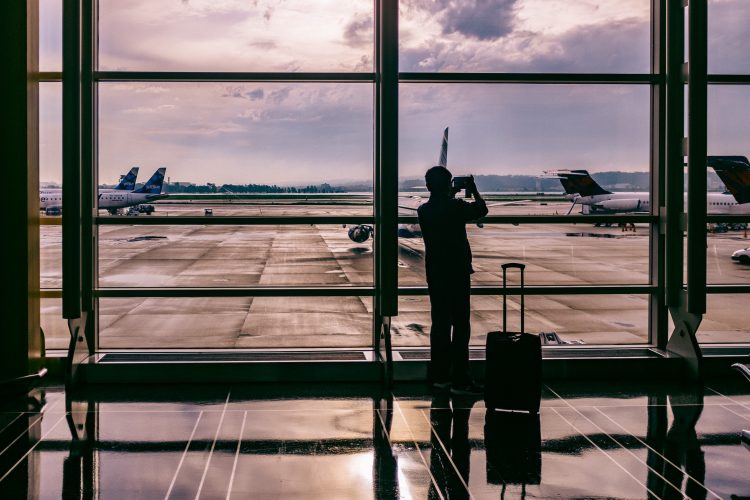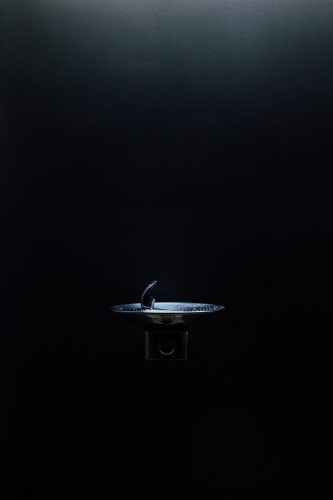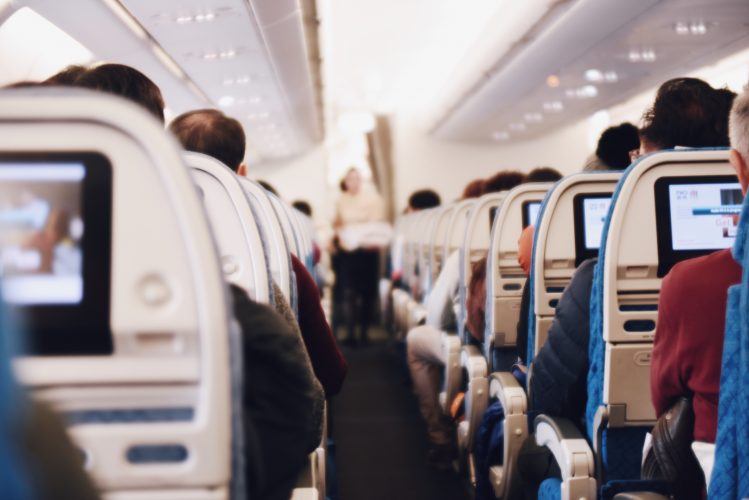7 Things You Should Always Pack in Your Carry On

I’m a fan of traveling with carry-on luggage only. It saves time and money. Most importantly, I can be 100% certain that my case will arrive at the same time and place as me. There are times however when checked luggage isn’t enough and you have to decide what goes in the hold and what stays with you.
Airlines tend to have a pretty comprehensive list of items that are strictly not allowed in hand luggage, but we’d like to tell you what you can, and should, pack in your carry-on case. On every flight.
Electronics or chargers
Even if you’ve locked your suitcase, electronics should always be stored in your hand luggage. Although the risk of theft or lost luggage is minimal, you can never be completely sure that you won’t be the one unlucky passenger. Packing electronics in your carry-on luggage is the safest option. Take the cables too as many airports have charging facilities.
Occasionally, electronic bans are implemented on flights between certain countries meaning that all electronics over a specified size must be stored in checked luggage. In most cases, however, airlines advise packing all electronics, chargers, and spare batteries in your hand luggage.
Reusable water bottle
Airports are dry places and the onboard air conditioning makes the planes themselves even dryer. It’s common to become dehydrated whilst traveling by air, particularly on long-haul flights, and this can make your jet lag even worse.
If you resent paying airport prices for something as necessary as water, plus the plastic waste that comes with it, then a reusable water bottle is a must. Some airports have water fountains where you can refill after passing security. Otherwise, you might want to pick a bottle with a water filter and refill in airport bathrooms. If you’re short on space and weight, then you can opt for a collapsible water bottle.

Compression socks
You know that heavy feeling you get when you’re dragging your swollen ankles off the plane? Compression socks help to relieve that. They help to reduce the risk of DVT and blood clots on a long-haul flight by improving circulation in the lower leg. Best of all, compression socks are lightweight and don’t take up any space in your carry-on.
Travel blanket/scarf
Planes are not just dry, they’re chilly too. I still can’t understand why taking a flight leaves me feeling like I’ve spent the last few hours trapped inside a refrigerator. You can’t always rely on the airline to supply a blanket and when you’re traveling between warm countries you probably don’t want to pack a heavy coat just to wear on the plane.
That’s where a compact travel blanket, or an oversized scarf, come in handy. They take up very little space in your carry-on and they won’t weigh you down on your travels either.
Headphones and sleep mask
Airline staff seem to take great pleasure in turning the aircraft lights on and announcing the onboard offers just as you’ve drifted off to sleep. That’s why you should never board a plane without your trusty sleep mask and noise canceling headphones. Drift off to your own choice of music rather than the duty-free advertisements.
Mini wash kit
Stumbling off an eight-hour flight and into a brand-new country and time zone is physically draining. Plus, the combination of travel and temperature changes can leave your skin feeling dirty and clammy. A full shower is what you need, but until you reach your travel accommodation a quick wash in the airline bathrooms should do the trick. I always have a toothbrush, soap bar, and pocket towel tucked into my hand luggage.

Personal pick for in-flight entertainment
You can make all the right preparations for a peaceful sleep on the plane, but you can never count on a quiet neighbor or a turbulence-free journey. Staring endlessly out the window just might get a bit dull.
For those sleepless flights, you’ll need some kind of entertainment to keep you sane. Perhaps a tablet with pre-downloaded movies or your favorite crossword app. Bulky as it may be, I always have a paperback packed into my hand luggage but draw the line at heavy hardbacks. An e-reader is a more compact alternative, but have something non-electronic prepared for taking off and landing.
Source:
https://www.faa.gov/about/initiatives/hazmat_safety/more_info/?hazmat=23